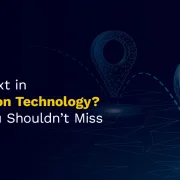The shift to digital education has highlighted the need for flexible, engaging learning models. Asynchronous and Active Learning combine the advantages of self-paced study with interactive, hands-on experiences, creating a balanced approach that enhances knowledge retention and learner engagement.
Asynchronous learning allows students to access course materials at their convenience, enabling personalized learning paths that cater to different learning styles. On the other hand, active learning fosters critical thinking and collaboration through real-time discussions, problem-solving activities, and experiential exercises. By integrating Asynchronous and Active Learning, educators can offer a structured yet flexible learning environment that maximizes student participation and comprehension.
This hybrid approach is particularly effective in today’s digital-first education landscape, where learners benefit from both independent study and interactive engagement. With Asynchronous & Learning, students can absorb theoretical concepts through recorded lectures, readings, and self-assessments before applying their knowledge in live discussions, group projects, and interactive simulations. This blend not only improves knowledge application but also fosters a deeper understanding of the subject matter.
Our whitepaper explores strategies for effectively combining these two learning models to enhance student outcomes. Discover how institutions can leverage digital tools, structured content, and interactive methodologies to create engaging, flexible, and impactful learning experiences. Download now to learn how Asynchronous and Active Learning can transform modern education.




